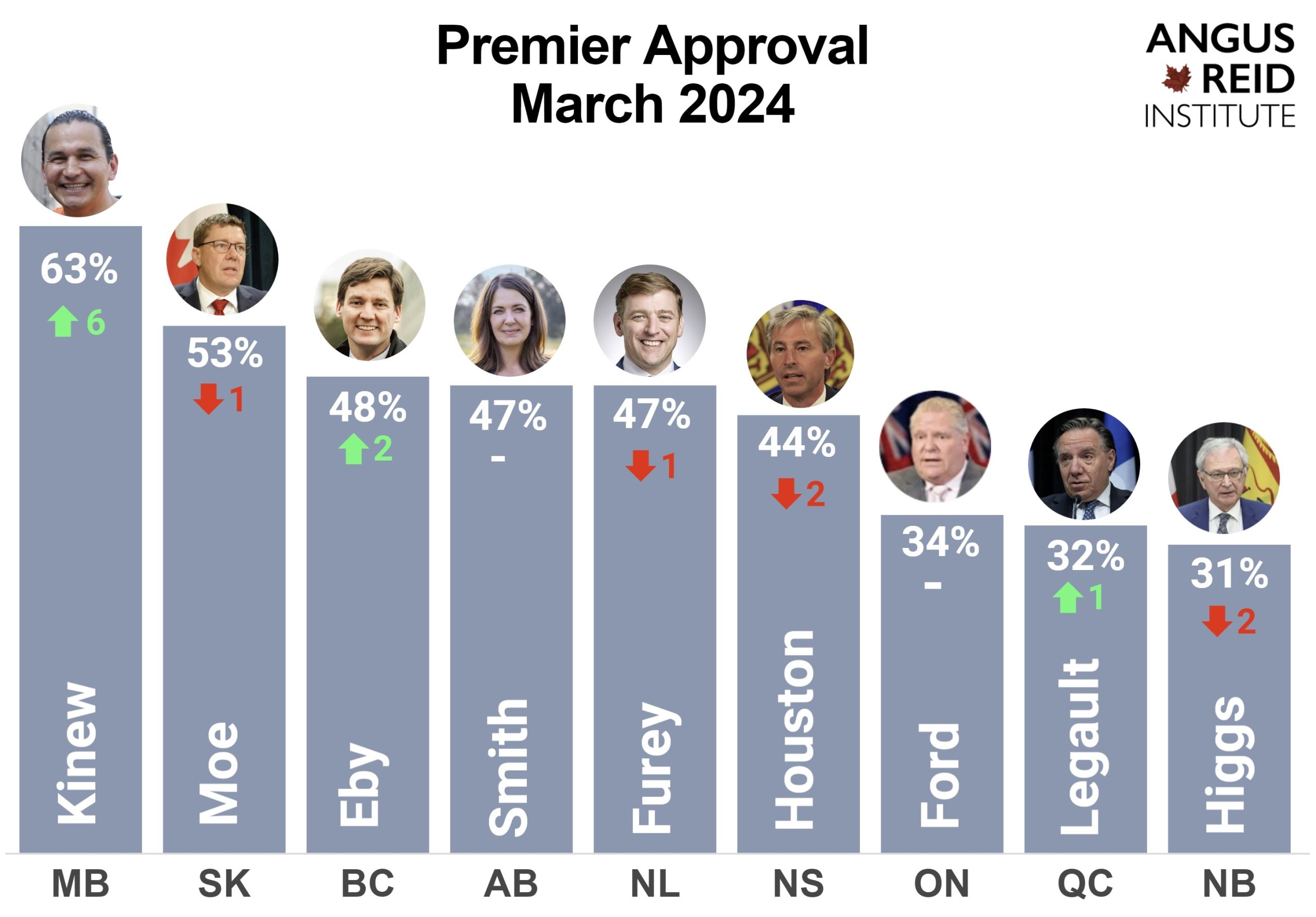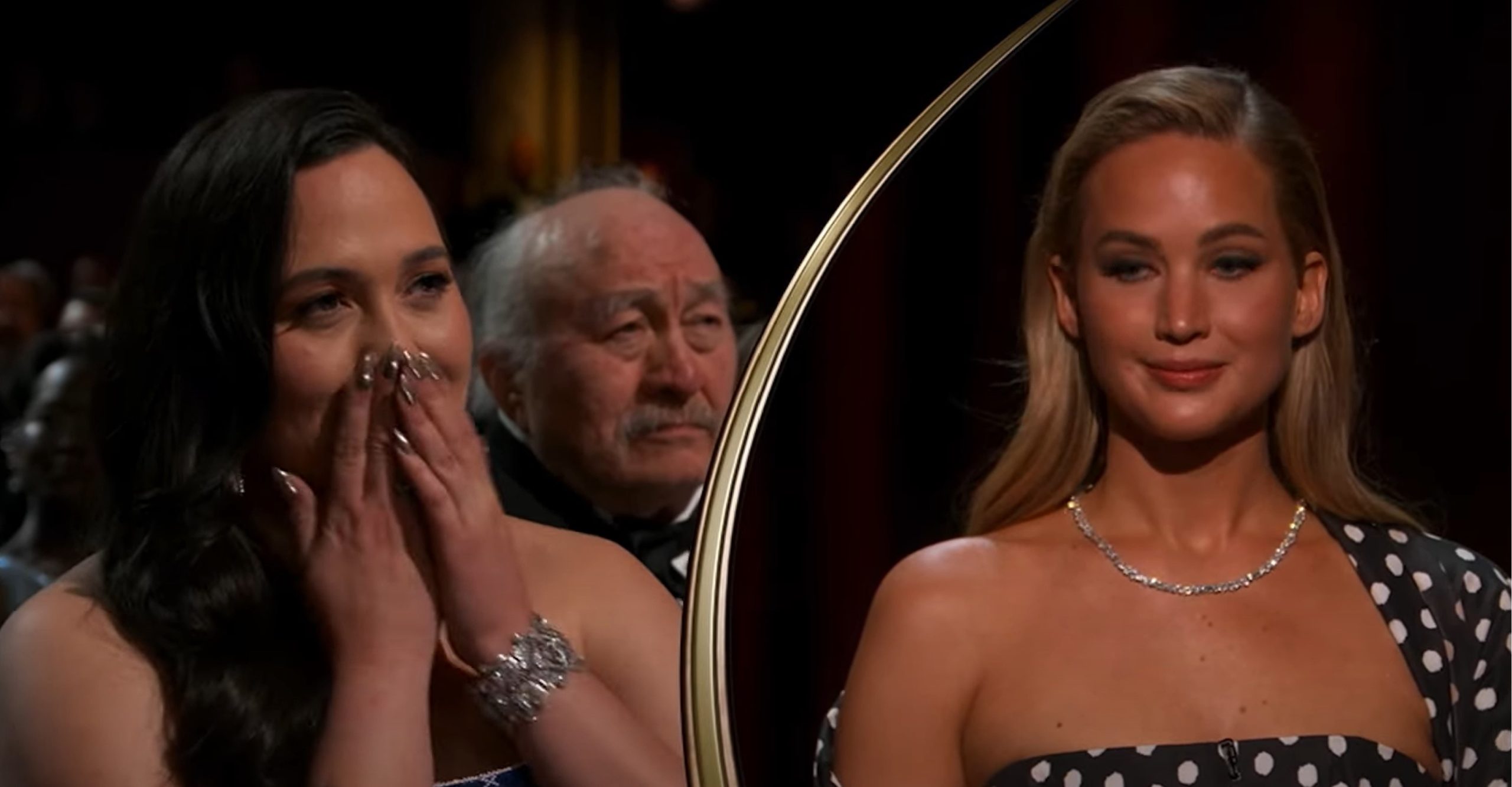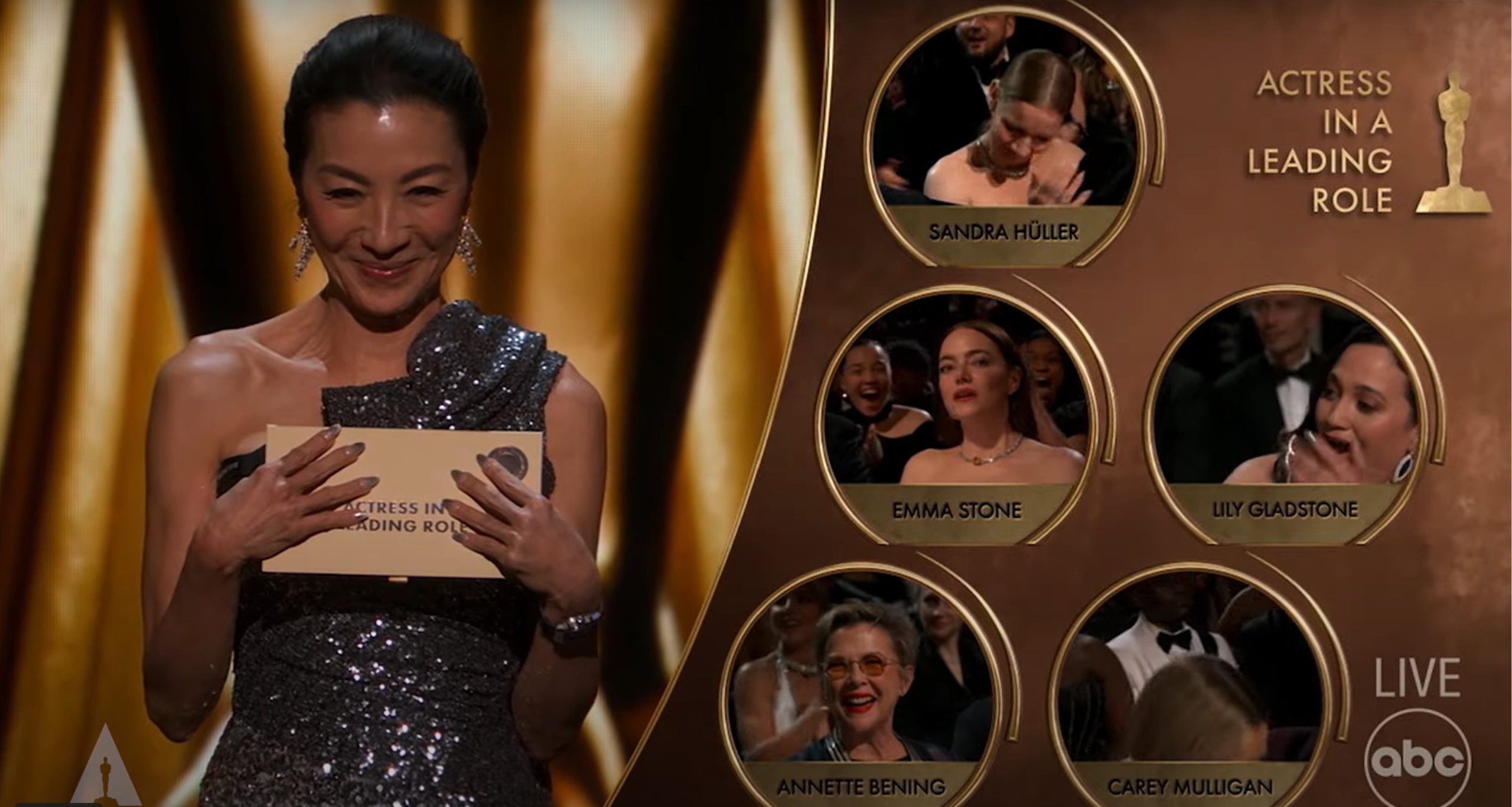Podcast: Play in new window | Download | Embed
A pandemic-era program that helped low-income people keep up with their water and sewer bills is running out of funding.
Montana Public Radio’s Aaron Bolton reports this comes as a federal report shows rural and tribal households have long struggled to keep their taps on.
Congress’ water utility assistance program supported over 8,000 Montana households and ran out of money last year.
A separate pool of water assistance funding for tribes is close to running dry, too.
A federal report found tribal families are more likely to be in debt to their water utilities and owe more money.
It also found that rural households experience higher disconnection rates for non-payment.
Patricia Courchane with the Confederated Salish and Kootenai Tribes says the water-assistance program was a lifeline for those families, but adds that it’s also helped households on well water.
“You have bacteria or something like that in your water and you aren’t able to drink it, you can get a bottled water system in your home through this program.”
Courchane says the tribes have about half of the roughly $600,000 they received left.
She says families could struggle to afford clean drinking water once that funding runs out.
 Federal agencies are asking for public feedback on five potential plans for managing Bears Ears National Monument in southeast Utah.
Federal agencies are asking for public feedback on five potential plans for managing Bears Ears National Monument in southeast Utah.
KUER’s David Condos reports for the Mountain West News Bureau on the collaboration with tribes.
The plans are the result of a first-of-its-kind collaboration between federal agencies and five tribes to incorporate Indigenous knowledge into the monument’s management.
Ruben Pacheco is with the Bears Ears Inter-Tribal Coalition.
He says this is especially historic because public lands across the West often overlap with ancestral homelands.
“So ensuring that tribal perspectives are meaningfully involved in the protection of these lands is a way to respect tribes, and it’s a move towards what we consider repairing historical injustices.”
The plan preferred by the partnership is option E, which would limit some cattle grazing, off highway driving and camping.
Rachel Wooten is with the Bureau of Land Management office in Monticello.
She says the best way for people to make sure their voices are heard is to study the plans before responding.
“Opinions are valuable, but the most helpful comments are the ones that provide new information, provide specific information about a use or an area that we might not have known or considered.”
The agencies will launch a series of meetings to answer questions about the plans starting in April.

Dr. Joseph Suina. (Courtesy Sen. Heinrich’s office)
In New Mexico, during a ceremony in Albuquerque last week, former Cochiti Pueblo Governor and U.S. Marine Corps and Vietnam veteran Dr. Joseph Suina was presented with service medals he earned in the 1960s.
U.S. Sen. Martin Heinrich (D-NM) helped retrieve the medals, which were stolen in the 70s in a house break-in.
Sen. Heinrich also honored the veteran last week on the Senate Floor talking about his medals, which included the Purple Heart.

(Courtesy Sen. Heinrich’s office)
“Dr. Suina also earned the following awards: the Combat Action Ribbon, the Marine Corp Good Combat Medal, the National Service Defense Medal, the Armed Forces Expeditionary Medal, Vietnam Service Medal, Rifle Sharp Shooter Badge, Pistol Expert Badge. He also earned a Gallantry Cross Medal from the Republic of Vietnam. I was deeply honored to help retrieve these medals to recognize Dr. Suina’s incredible bravery and sacrifice.”
Dr. Suina was also recognized for his advocacy, especially for raising awareness of PTSD.
Get National Native News delivered to your inbox daily and stay up-to-date on the 2024 Native Vote. Sign up for our daily newsletter today.
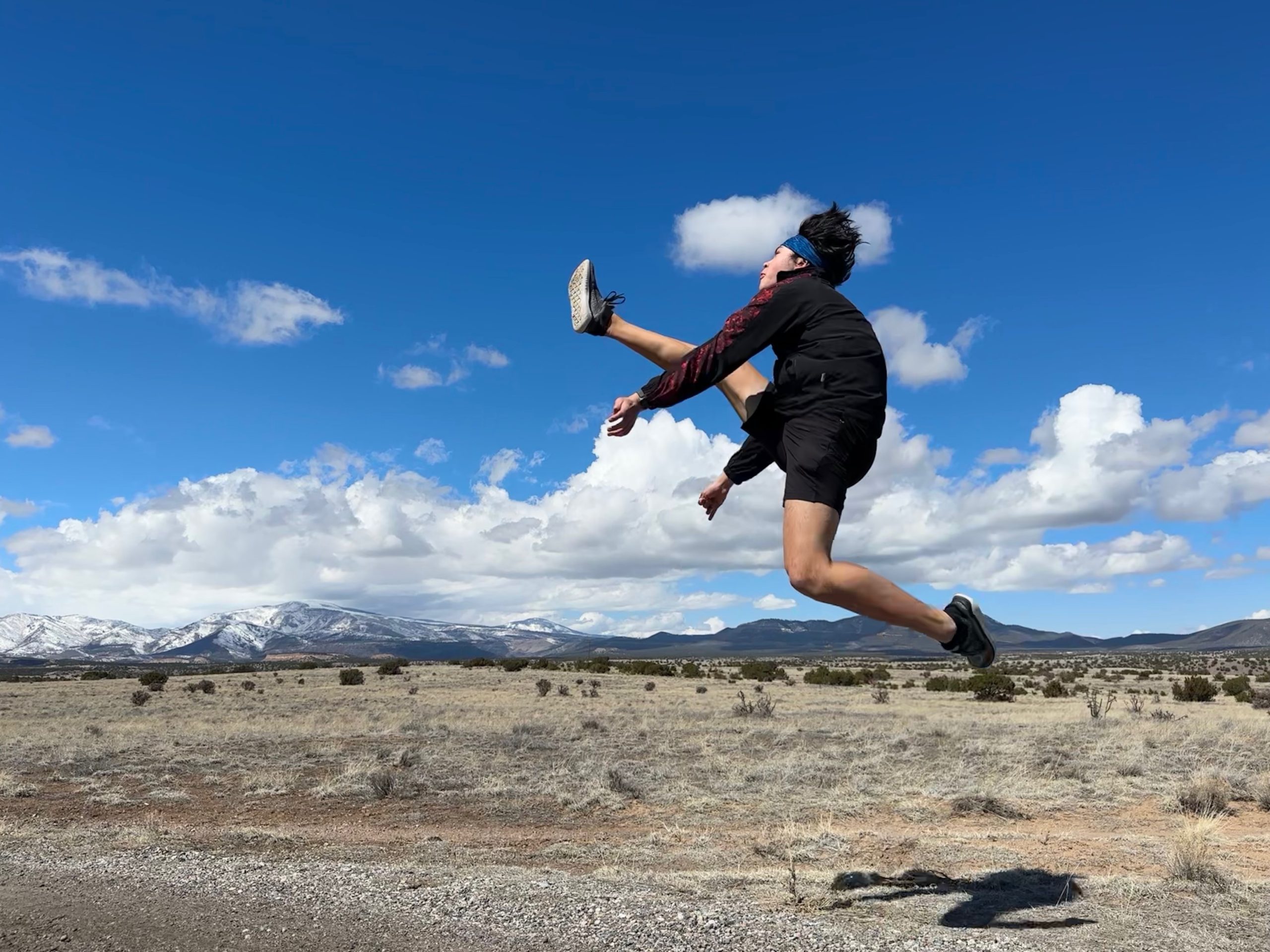

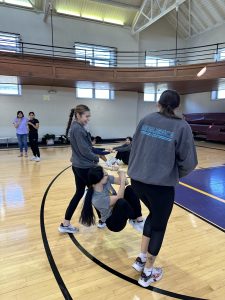
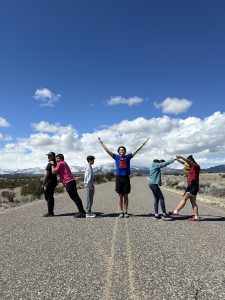

 A new documentary Bad River spotlights the Bad River Band of Lake Superior Chippewa — and the tribe’s David vs. Goliath battle against the Line 5 pipeline.
A new documentary Bad River spotlights the Bad River Band of Lake Superior Chippewa — and the tribe’s David vs. Goliath battle against the Line 5 pipeline.
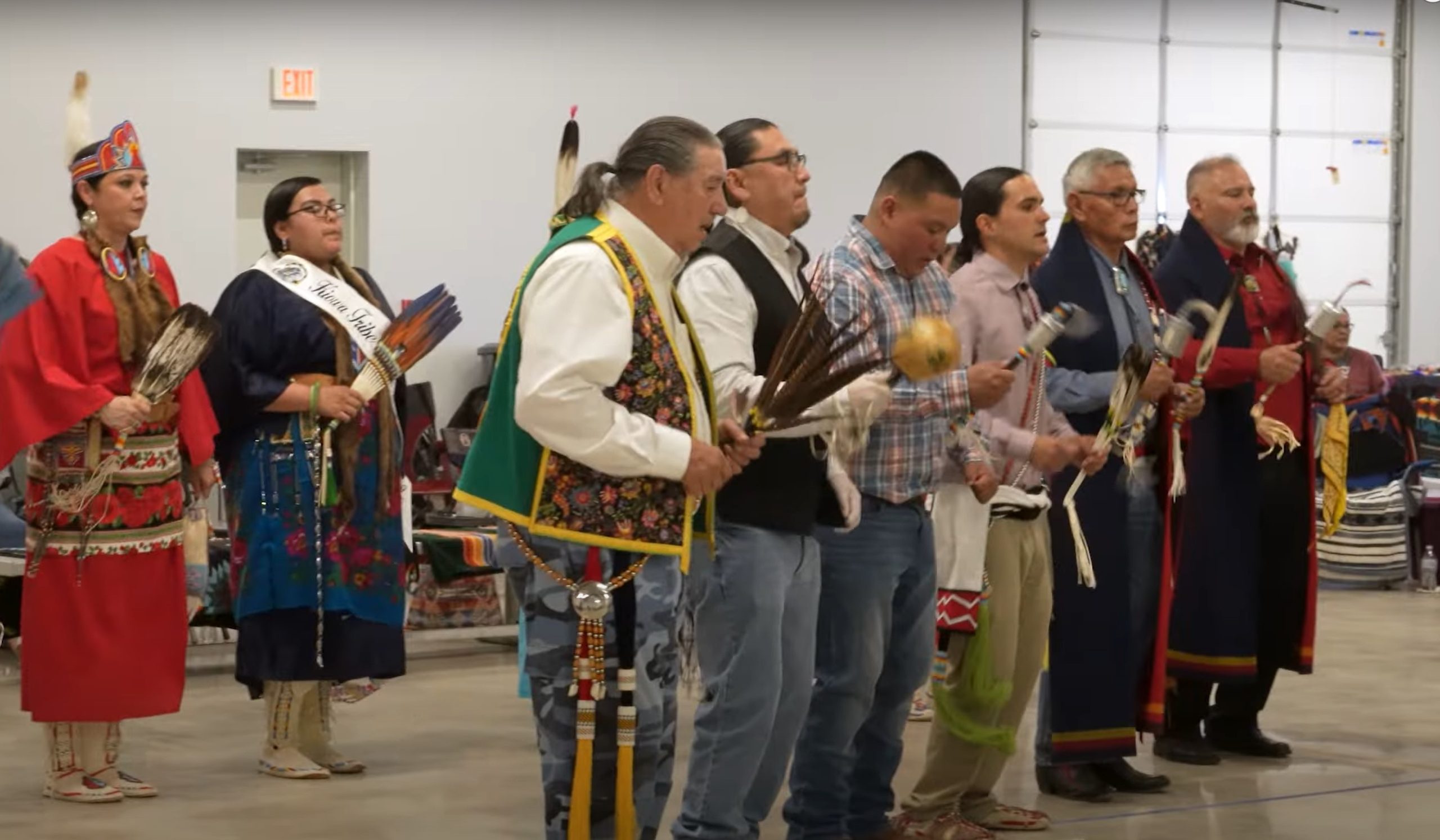



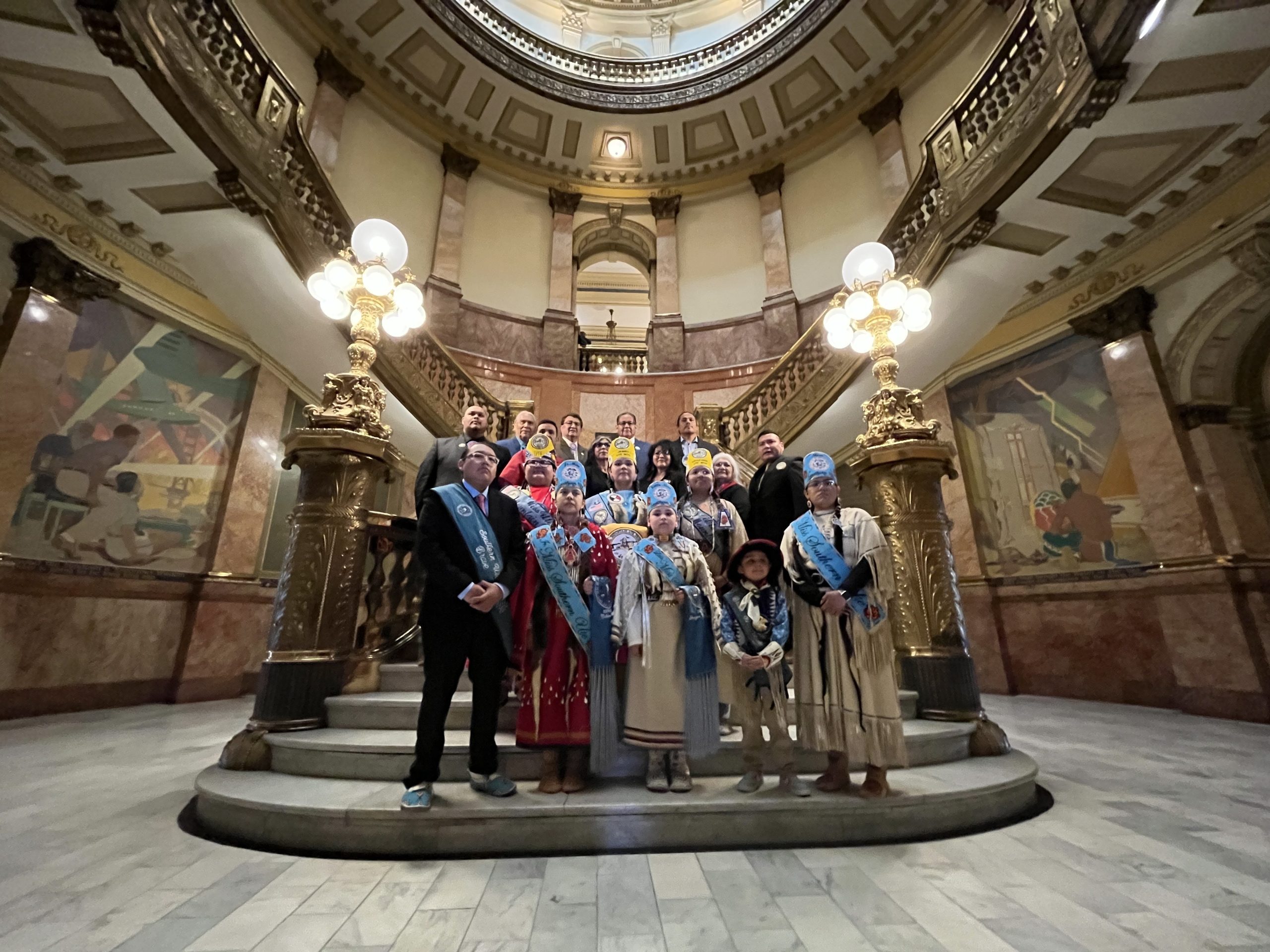

 Getting Native voters to the polls and tribal issues are among priorities of tribal leaders across the country.
Getting Native voters to the polls and tribal issues are among priorities of tribal leaders across the country.
 The U.S. and Canada have
The U.S. and Canada have 